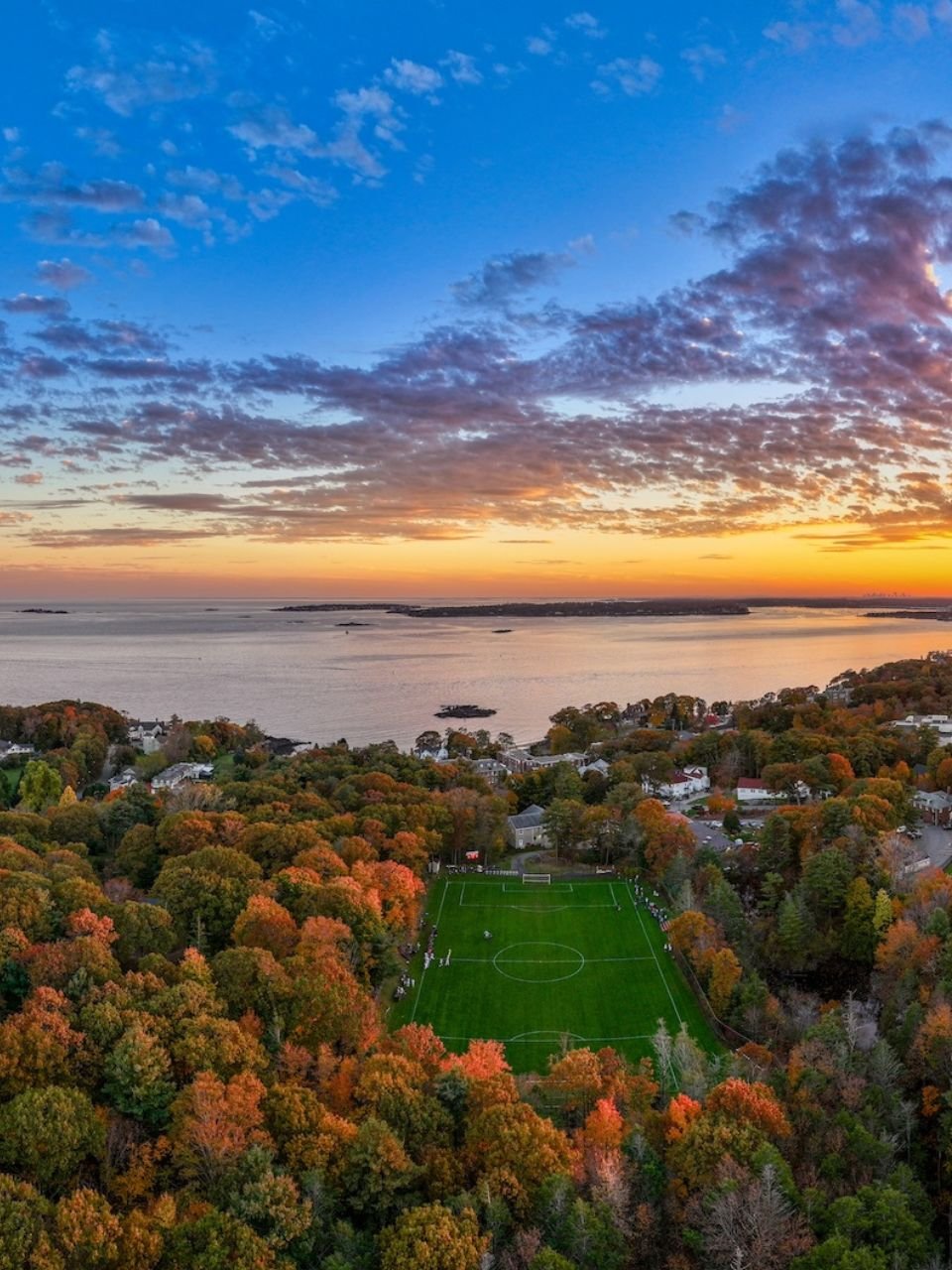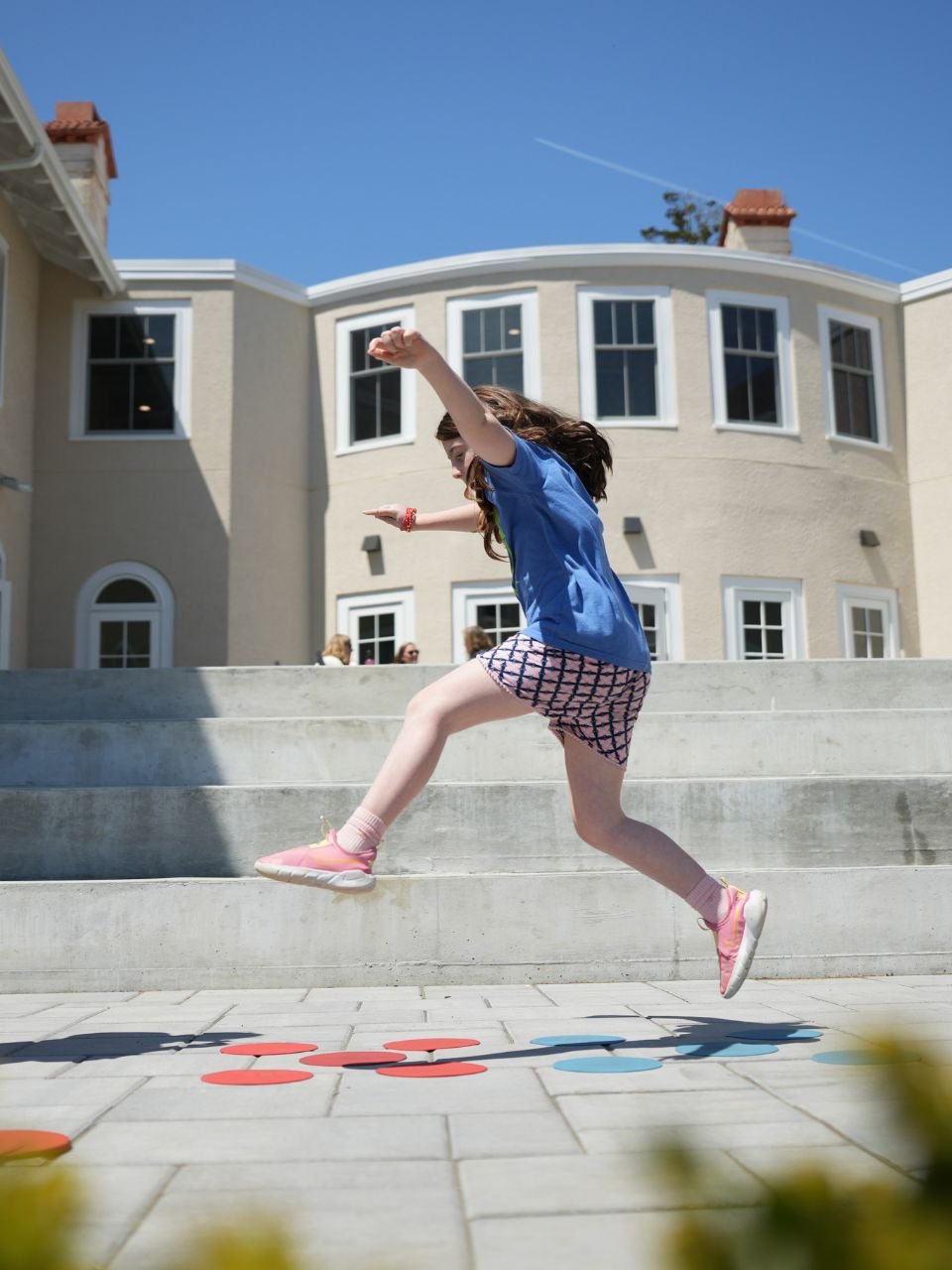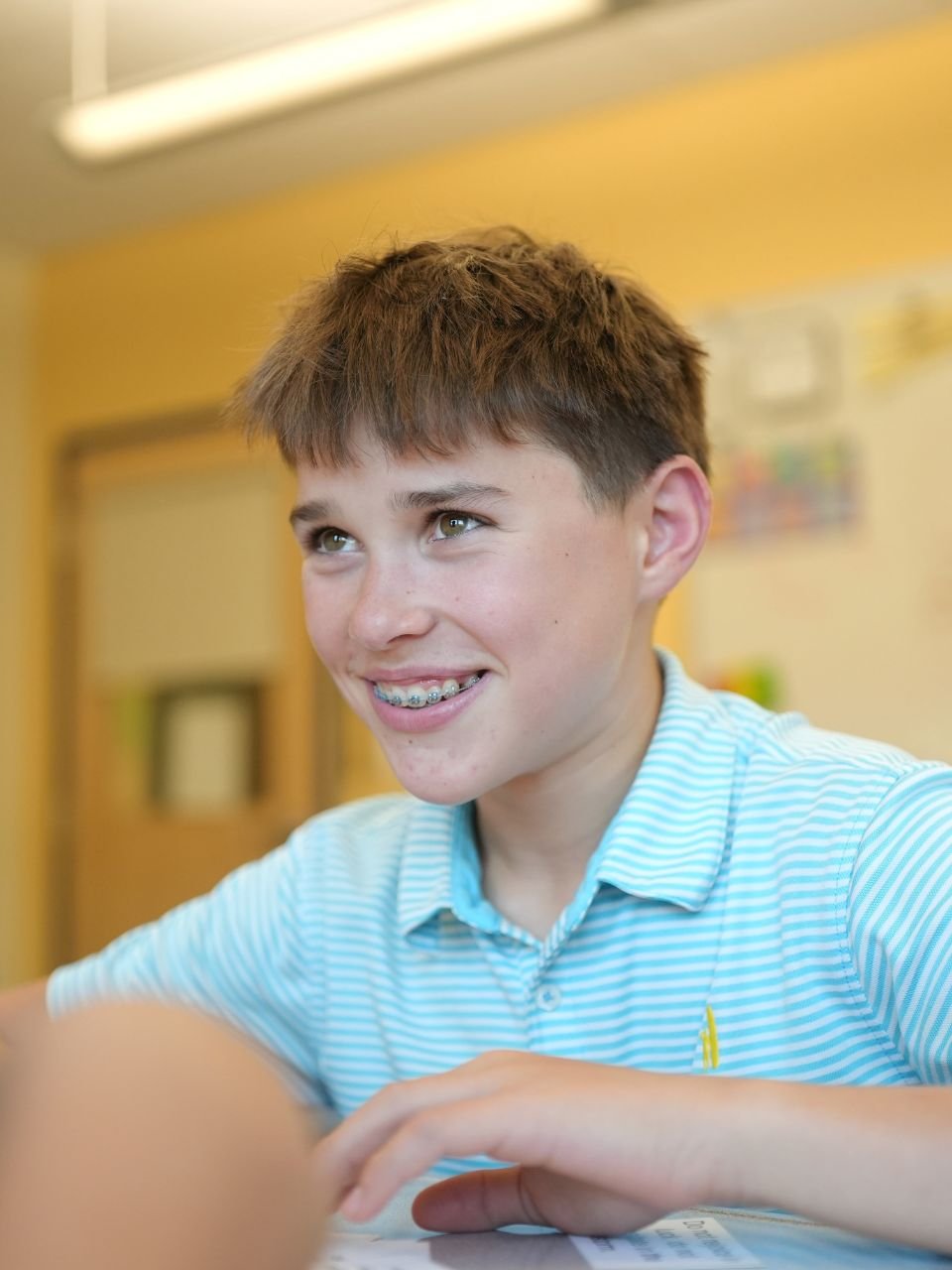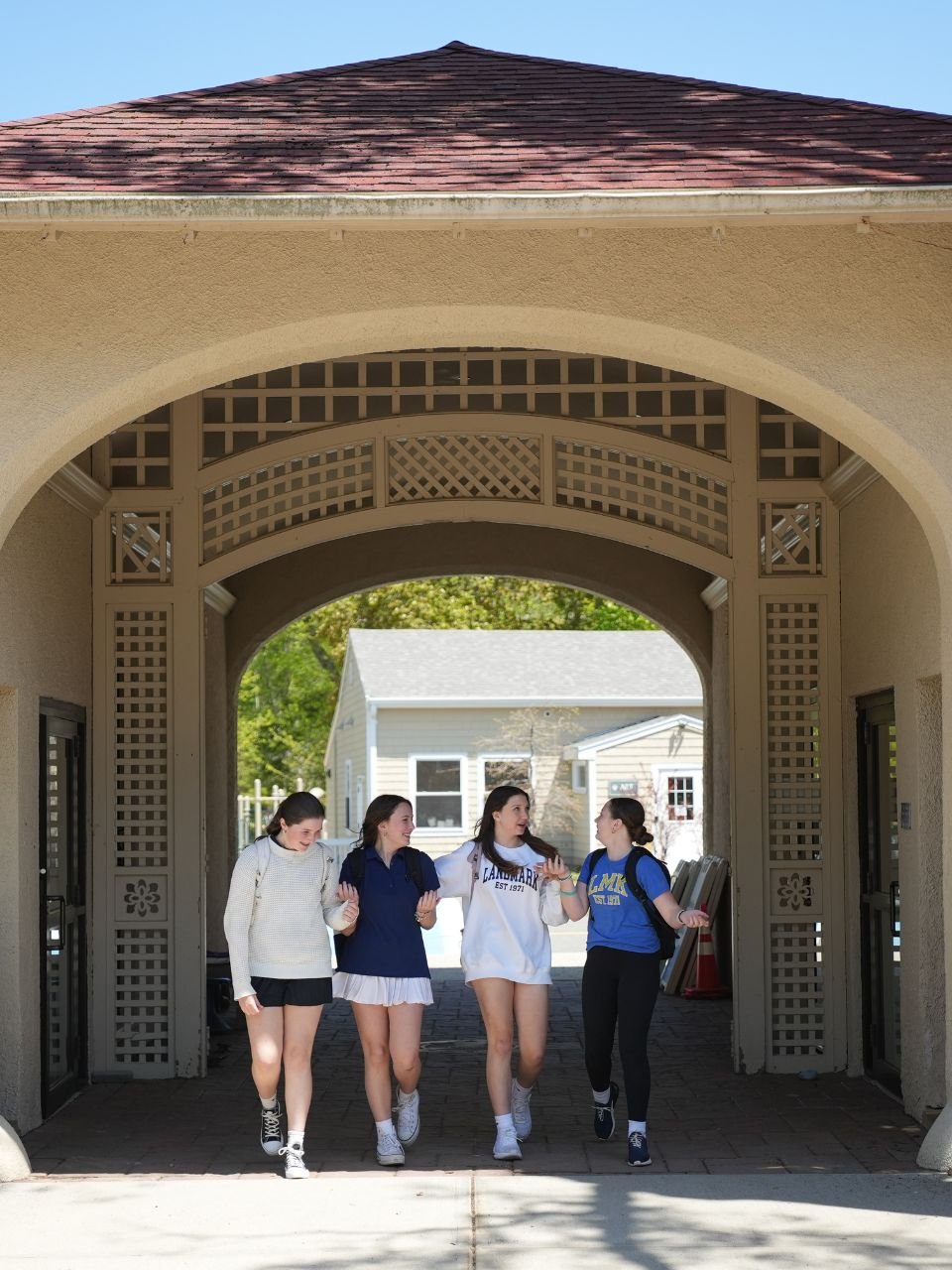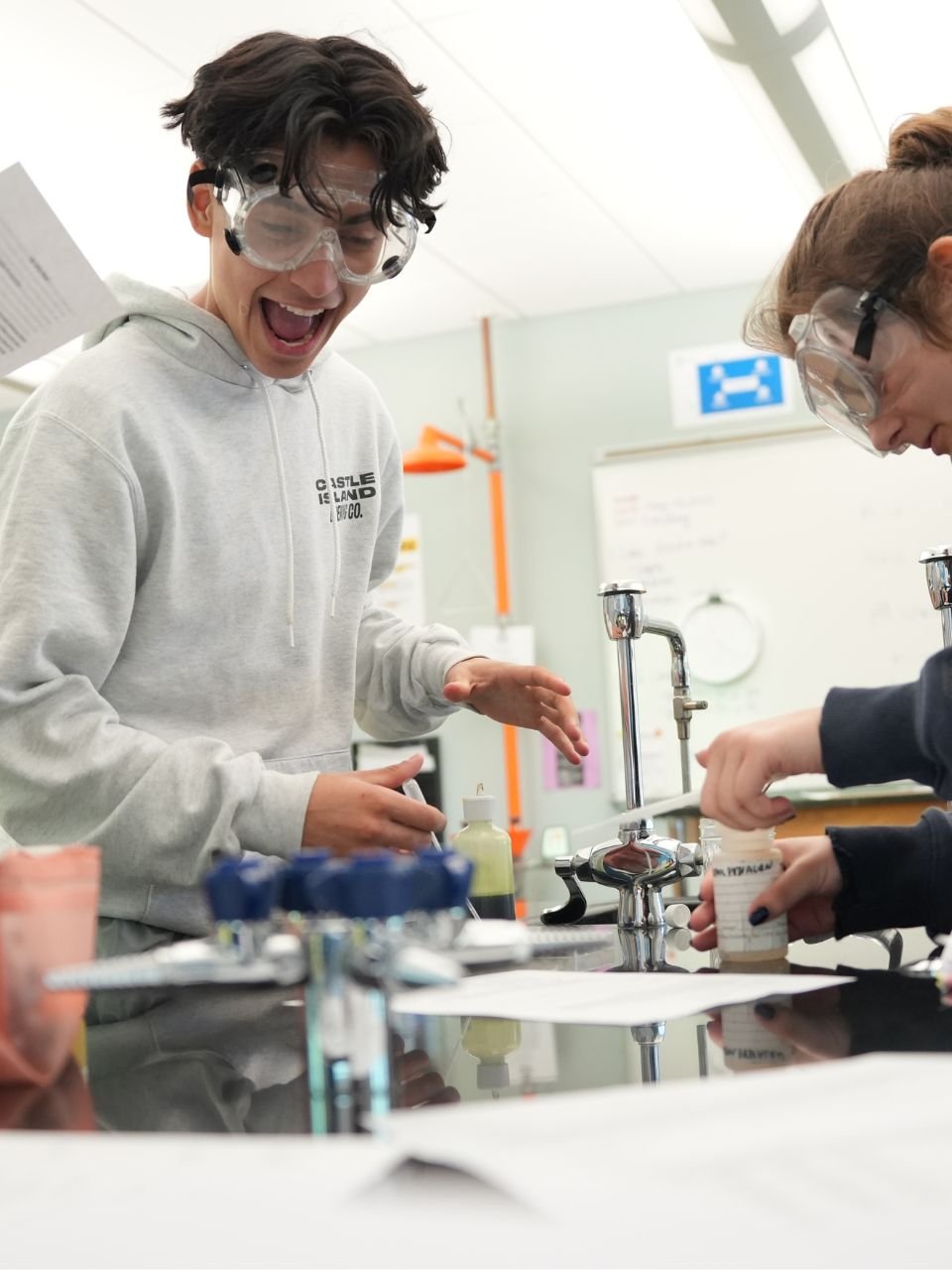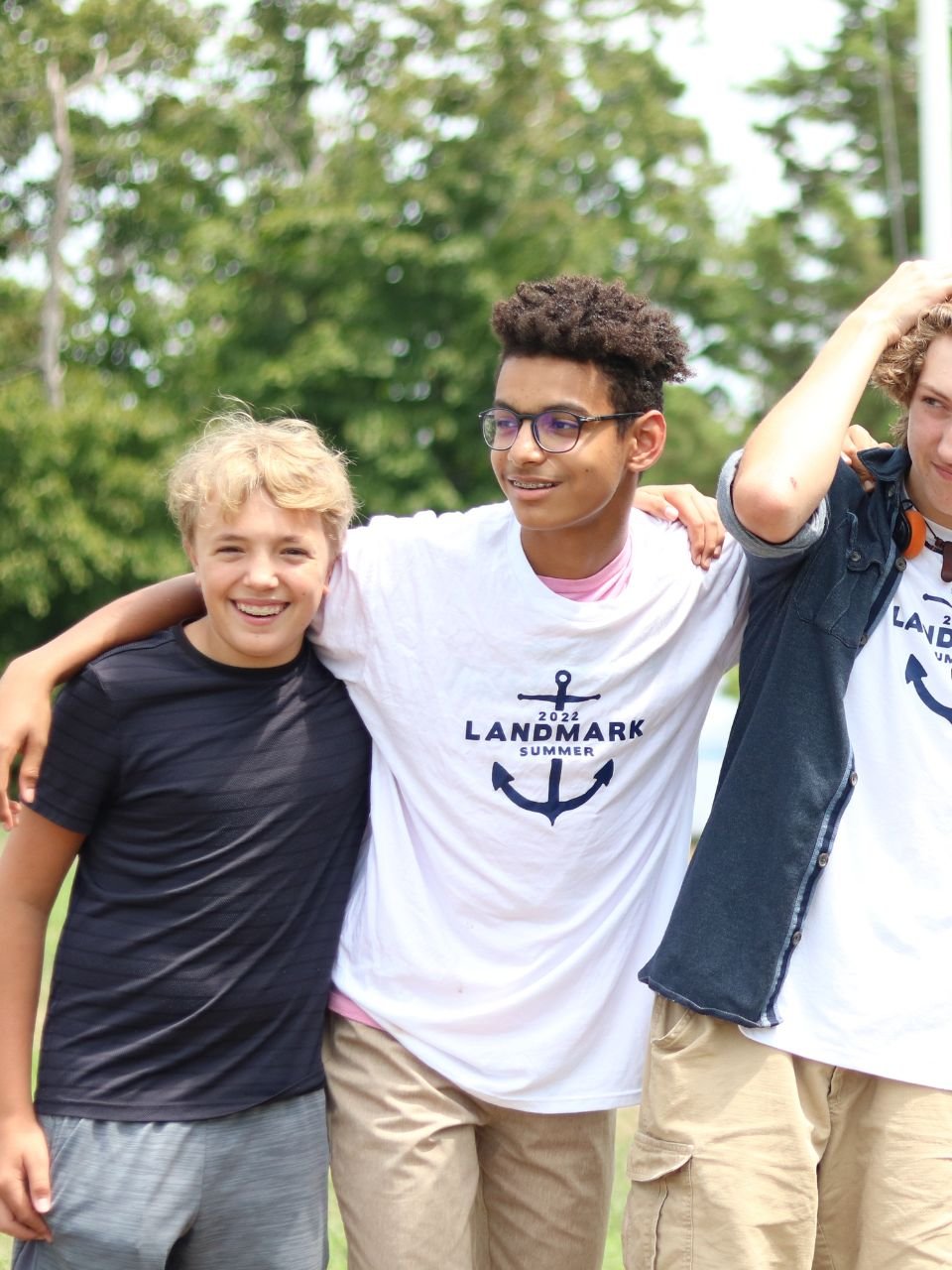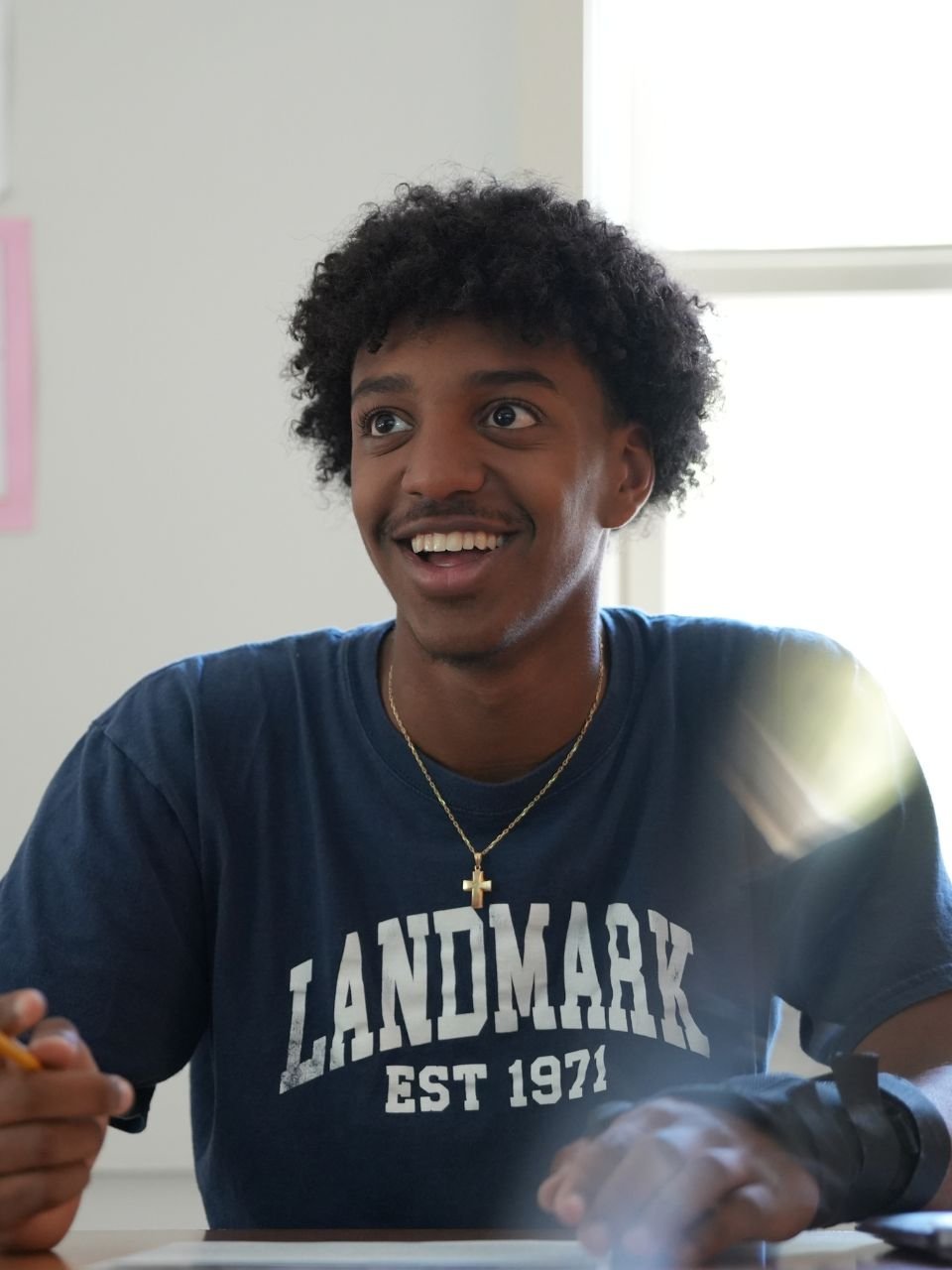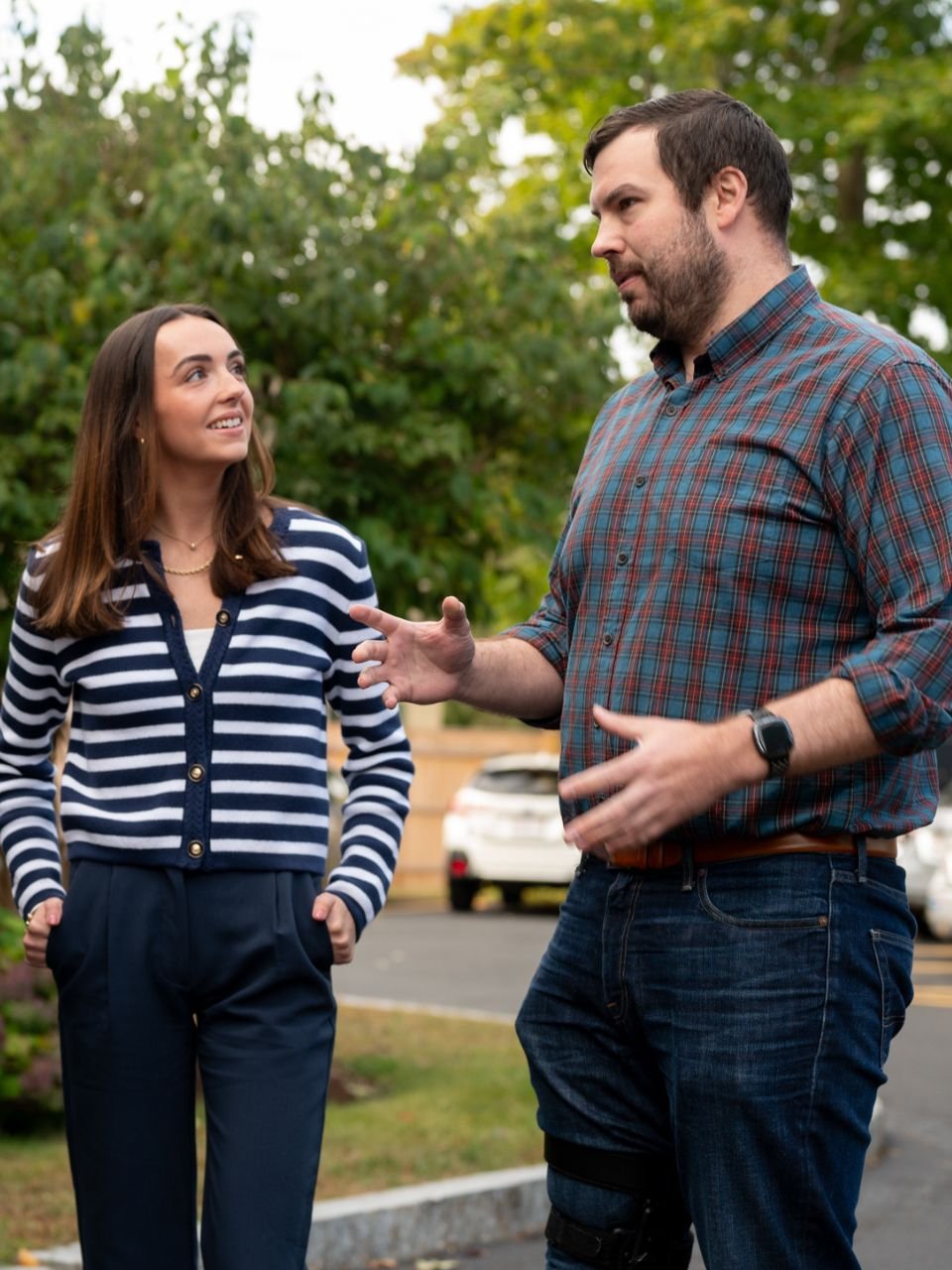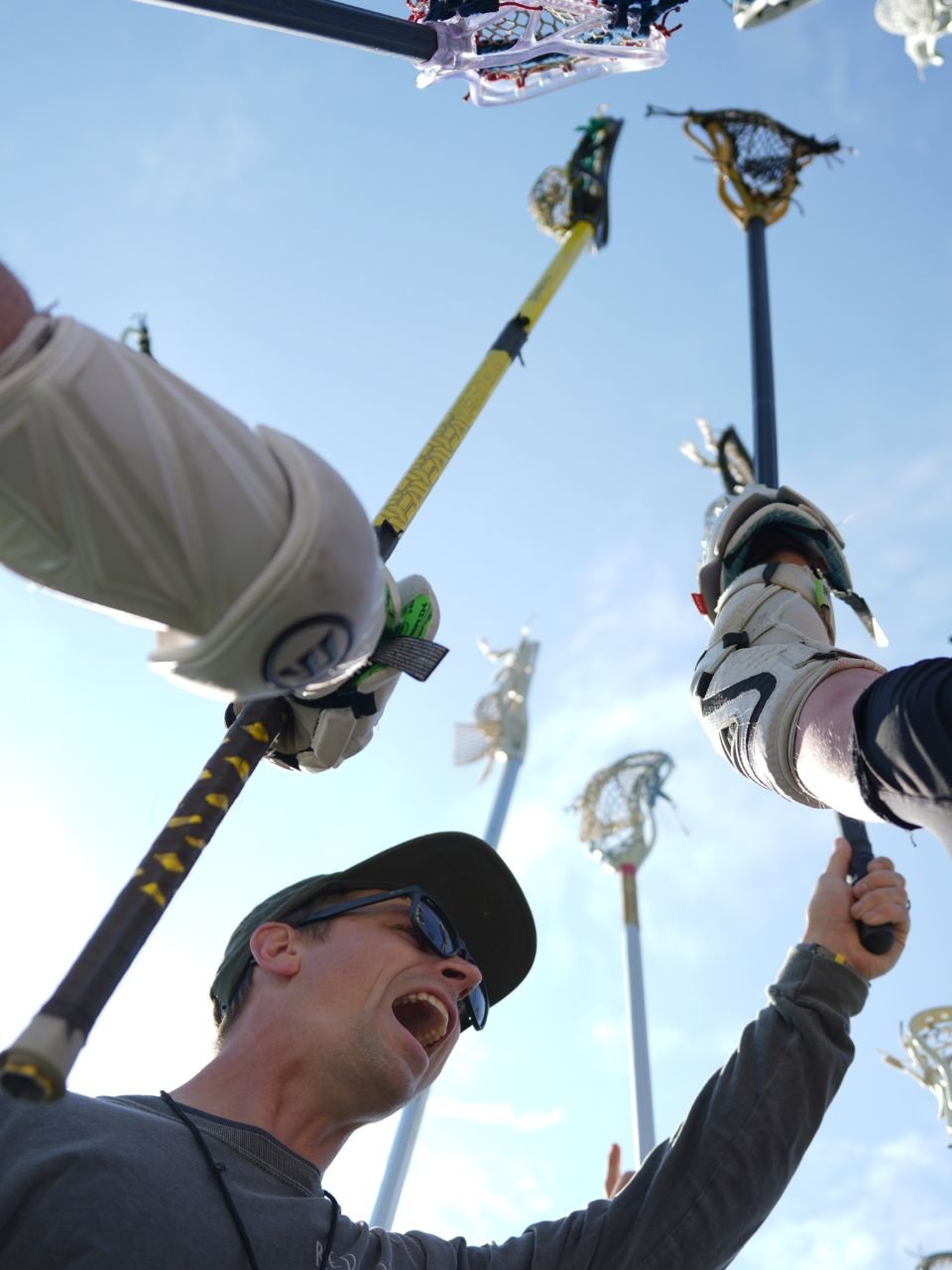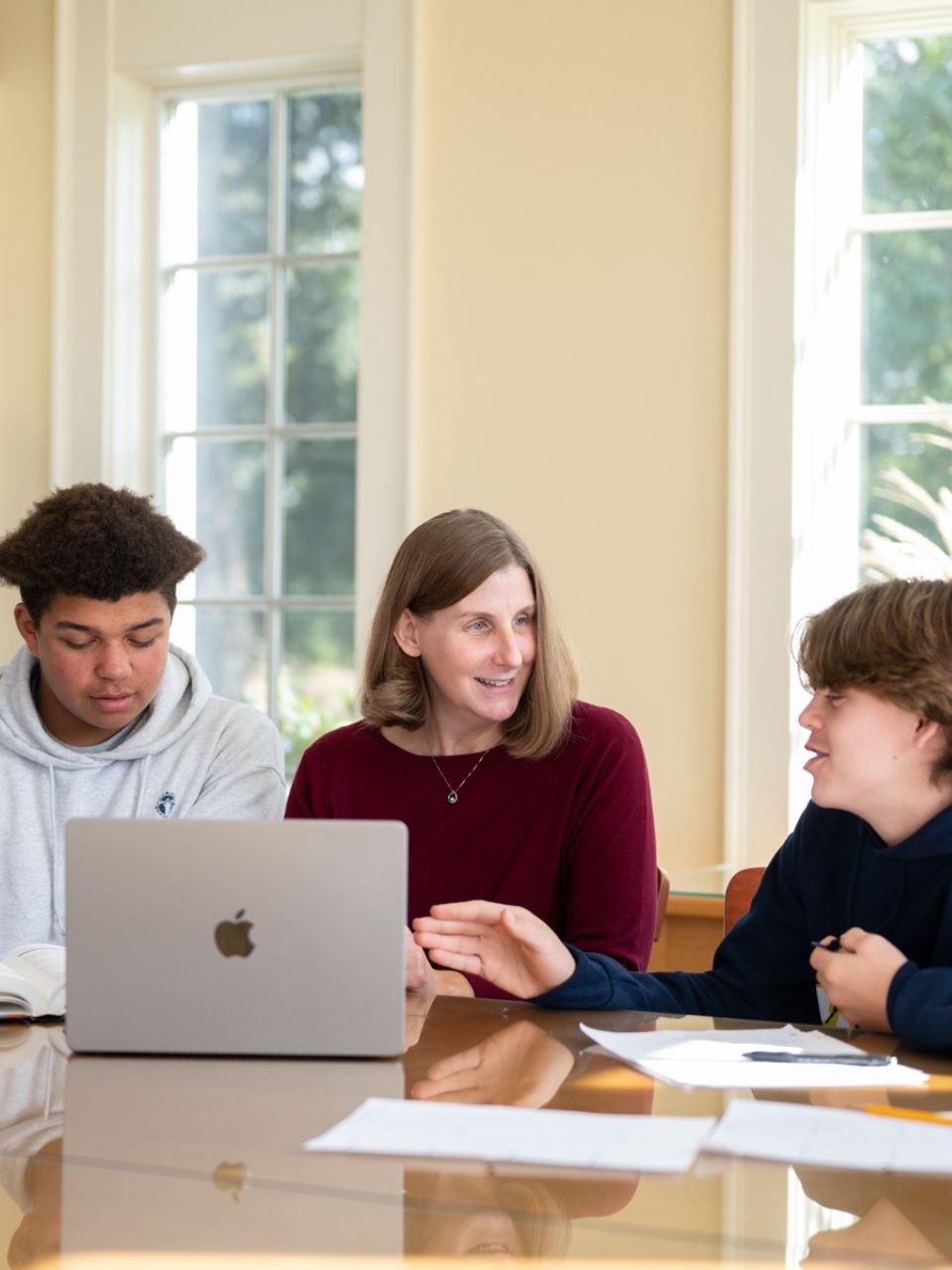- Our School
- Our Advantage
- Admission
- Elementary•Middle School
- High School
- Summer
- Giving
- Parent Resources
- For Educators
- Alumni
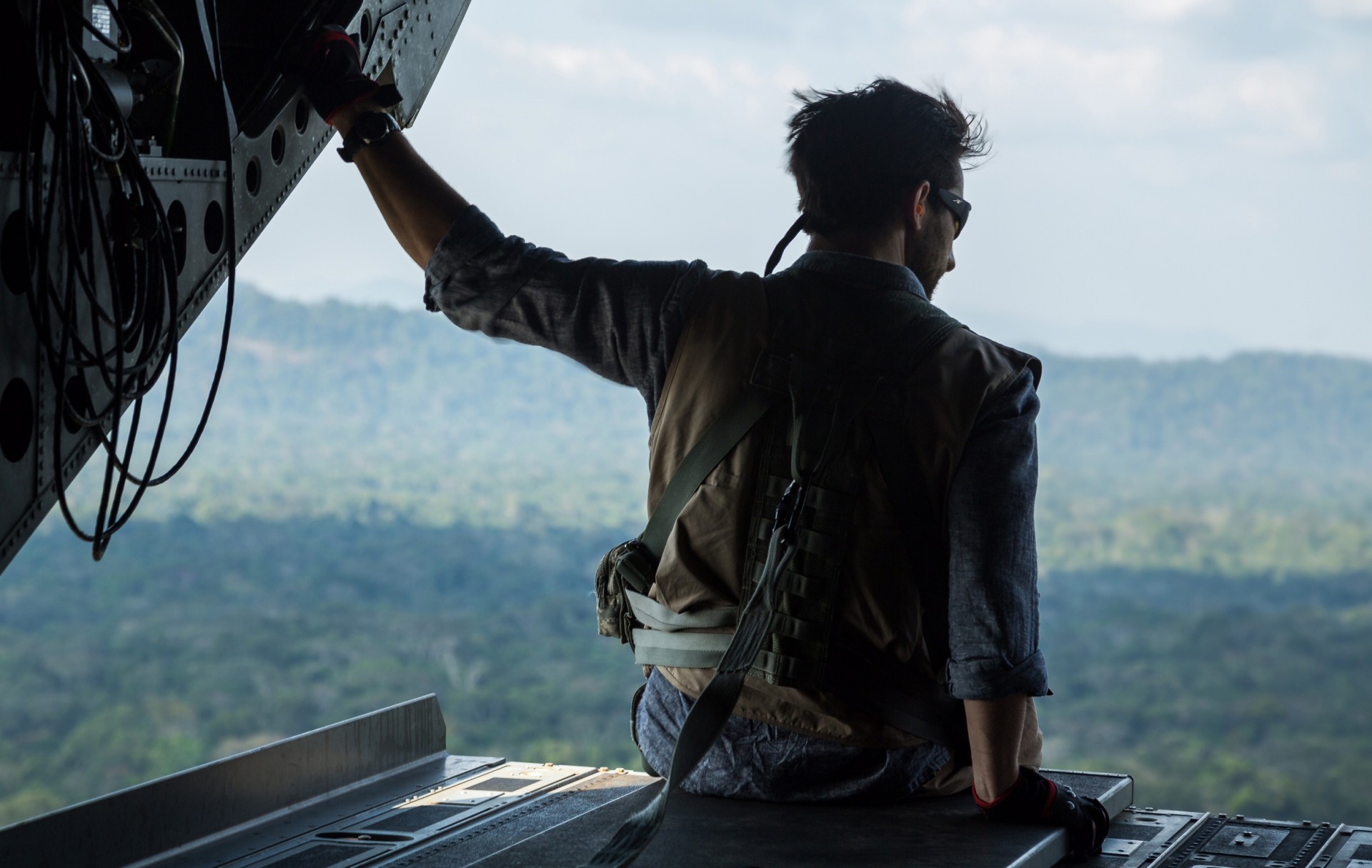
Dyslexia and Humanitarian Diplomacy
Sam Vigersky ’98
By Susan Tomases and Sam Vigersky
One Alum’s Journey to the UN
An interview with Sam Vigersky ’98, Landmark School Trustee and Senior Humanitarian Advisor at the U.S. Mission to the United Nations.
In the fall of 1994, Sam Vigersky came to Landmark with a familiar story: a student struggling with dyslexia and searching for help. Today he is the senior humanitarian advisor to Ambassador Linda Thomas-Greenfield, the U.S. Representative to the United Nations and a member of President Biden’s cabinet. I caught up with Sam recently and he opened up about his experience at Landmark and how dyslexia has shaped his career.
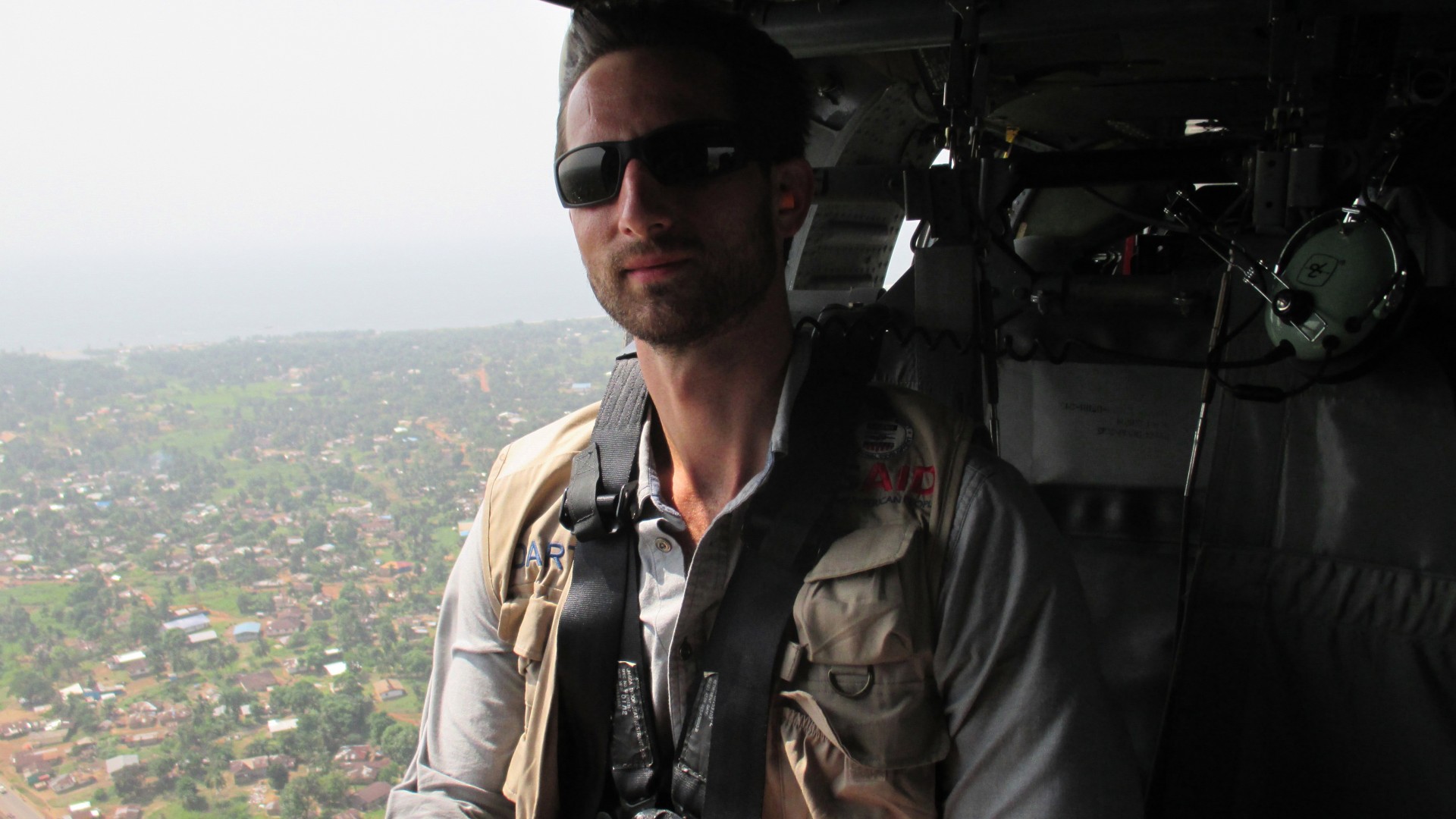
Sam uses the bird's-eye view from a helicopter to survey the development of a field operation.
You grew up in Washington, D.C., and came to Landmark at age 14. What do you remember about that time?
I was diagnosed with dyslexia in fifth grade. At the time, there was no academic setting near home to help me. Before school, my mom would park the car and read my textbooks out loud to me. I had a tutor for a few years but fell deeper underwater each year. By eighth grade it was clear that I couldn’t read. Going to school was a humiliating experience. When my family and I discovered Landmark, it felt like a crossroads. I didn’t want to leave home, but there was nowhere else to turn, so arriving on the North Shore was a heavy moment. Deep down, I knew I had to have faith that it would work out.
How did your school experience change once you got to Landmark?
My first year had a lot of structure. I had these exercises—almost like circuit training at a gym—where I’d practice the phoneme sound combinations, decode words, and memorize vocabulary. All of that helped wire my brain toward a process for reading and writing. I was extremely lucky because I had Santo Brillati as my tutor and he understood from experience what I needed. I remain grateful to Santo, and so many other kind people at Landmark who helped me in my first year. It was truly a community effort to pull me through the fire. My second year, I attended Landmark’s Prep Program and everything started clicking. My reading came up to grade level and I gained confidence. I felt ready to go back to D.C., and I enrolled in the Edmund Burke School for junior year.
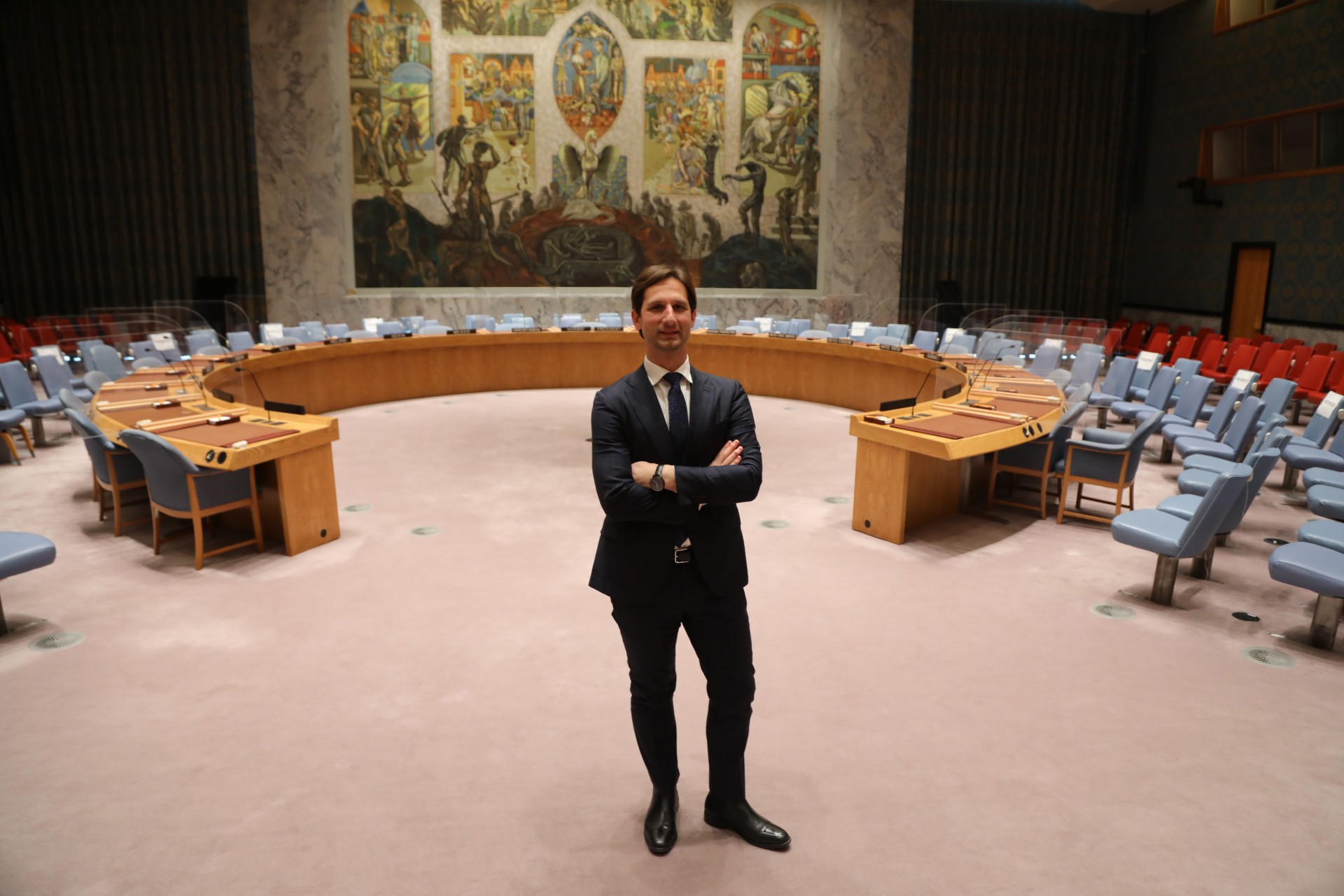
Sam in the Security Council Chamber at the UN headquarters.
What happened when you went back to D.C.?
I realized dyslexia would always be with me. I’d have to work harder and longer than my classmates to keep up, but I had the tools to succeed. I spent Friday nights getting ahead on assignments and was inspired by great teachers who introduced me to civil rights history and literature. Imagine not being able to read your entire life, and then, a few years later, you’re discovering The Great Gatsby, by F. Scott Fitzgerald, and Letter from Birmingham Jail, by Martin Luther King, Jr. Your world becomes radically different.
You went to Reed College, an academically intense place. Did you struggle with dyslexia there?
The struggle was still very real at Reed. It was like this apex of academic rigor, and it felt like my peers were all ahead of me. As a history major, I was assigned to read two books a week in addition to other coursework. There were moments when I felt like that 14 year old arriving at Landmark—underwater and terrified I wouldn’t survive.
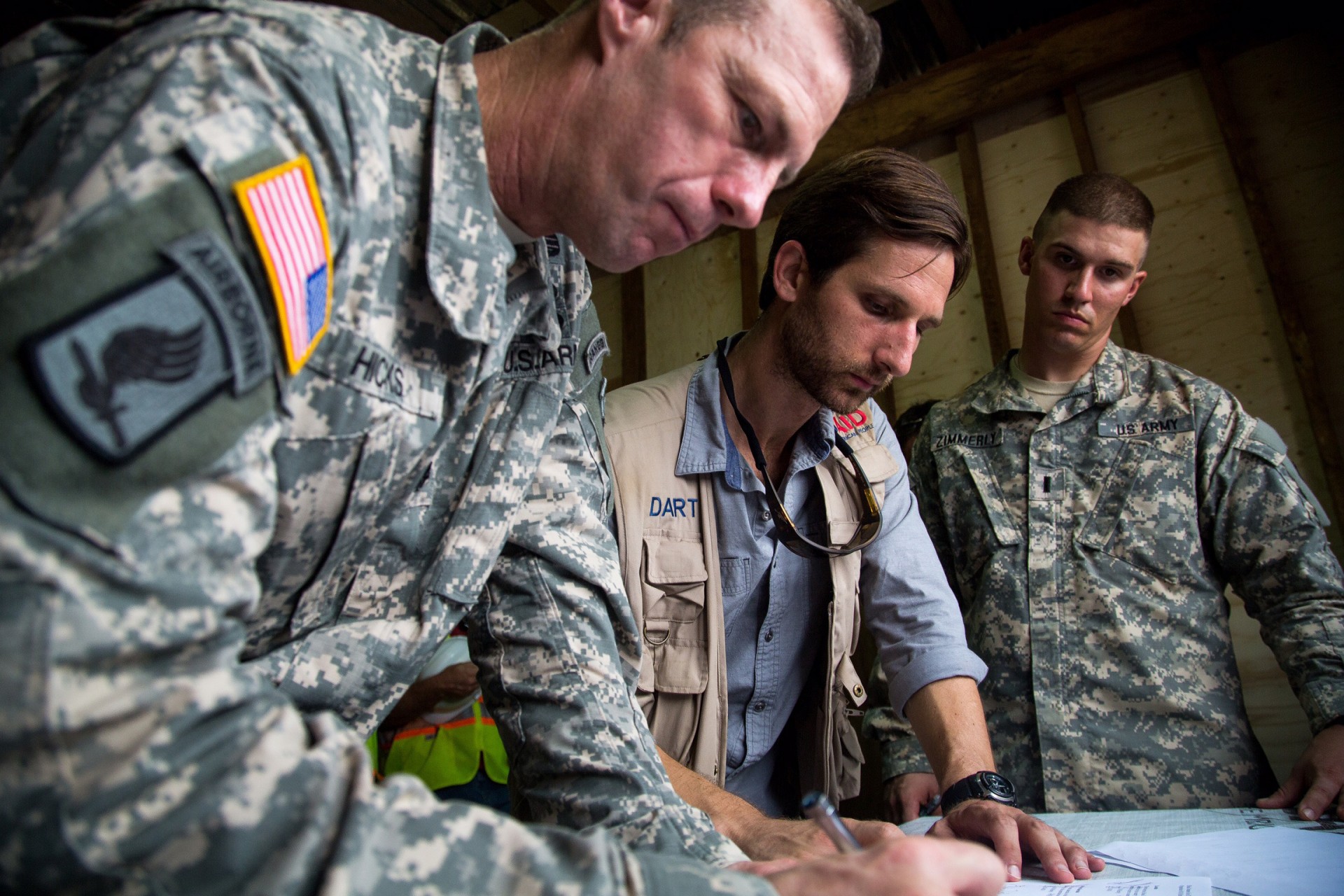 Sam with the 101st Airborne Division in Liberia during the Ebola outbreak in 2014
Sam with the 101st Airborne Division in Liberia during the Ebola outbreak in 2014
So how did you make it through?
I fought through self-doubt and kept grinding to improve. And I wasn’t ashamed to ask for help. Dyslexia is humbling in that way. In the end, I wrote a senior thesis at Reed and graduated in four years. It’s still the most challenging thing I’ve ever done.
How did you get from a history degree to humanitarian aid?
I wanted to be a civil rights lawyer and work on social justice issues since high school. When I took the LSAT, I struggled, and it made me question whether that was the career I wanted. Around that time, Hurricane Katrina happened. A friend encouraged me to get involved with the American Red Cross, so I volunteered and found myself in Gulfport, Miss., a week later. I saw incredible generosity from Americans, but the emergency response system was not adequate for the purpose. People were suffering through no fault of their own. There was a small window to help them bounce back and we were falling short. It broke my heart and I couldn’t accept it. So I went to the University of Michigan to get a master’s degree in social work and studied programs to help the most vulnerable.
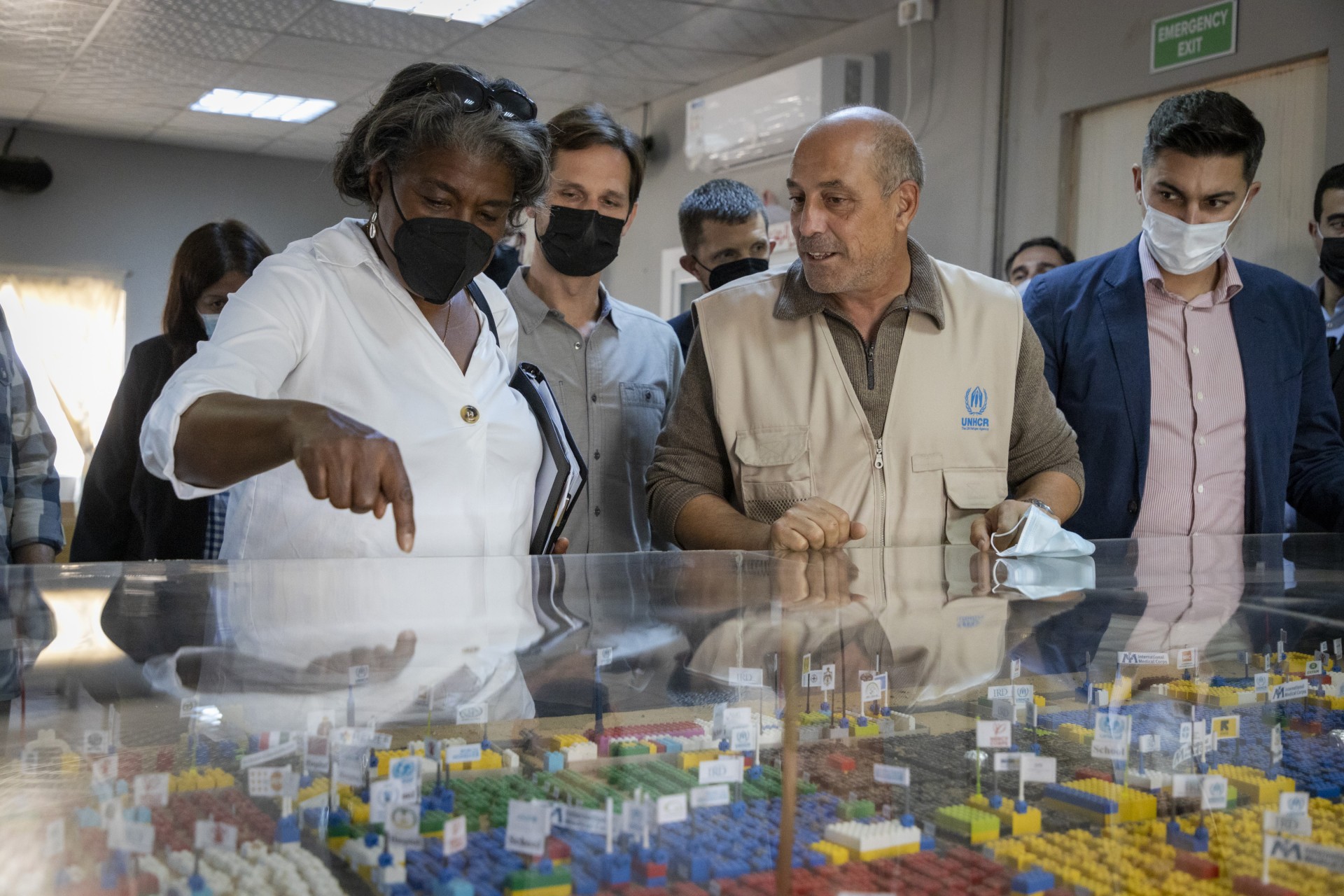
In November 2021, Same joined the U.S. ambassador to the United Nations, Linda Thomas-Greenfield, at a briefing at the Zaatari refugee camp in Jordan, home to over 80,000 Syrians, where children constructed a LEGO map of their community.
Today you’re working in New York at the UN. What’s a day-in-the-life like?
The UN is a special place. You’re far from the field, but you’re at the epicenter of global diplomacy. It’s like three dimensional chess here. Most days start early, walking my dog, Santos, in Prospect Park. Somewhere between playing fetch and dishing treats, I read emails about events that broke overnight. There’s a lot going on in Afghanistan and Ethiopia this morning.
Last month, I was negotiating a Security Council resolution to keep a UN aid corridor open from Turkey into northwest Syria. Without it, millions of women and children would lose access to food, medicine, and shelter. These are complicated political waters to navigate. You have to work diplomatic channels with China, France, Russia, and the United Kingdom. A big part of my job is developing strategy and implementing it in a way that keeps the debate centered on humanitarian needs. That could mean helping my boss draft a speech or preparing her for a meeting with the head of UNICEF or the World Food Programme. There’s always a political undertow, so you’ve got to try to firewall it off by proactively appealing to our common humanity. The people impacted by something like this could be your own children, parents, or relatives.
Recently, Ambassador Thomas-Greenfield, who is a lifelong humanitarian herself and all-around amazing human, knew it was important to hear firsthand from Syrians. So I went with her to the Turkey-Syria border last June and we spoke to refugees, health workers, and UN officials. That experience shaped the narrative in New York because she used her platform to amplify these stories, which then made news around the world in other capitals. Thankfully, the resolution was unanimously adopted on July 9. It was the first time in four years that all 15 Council members agreed on the topic.
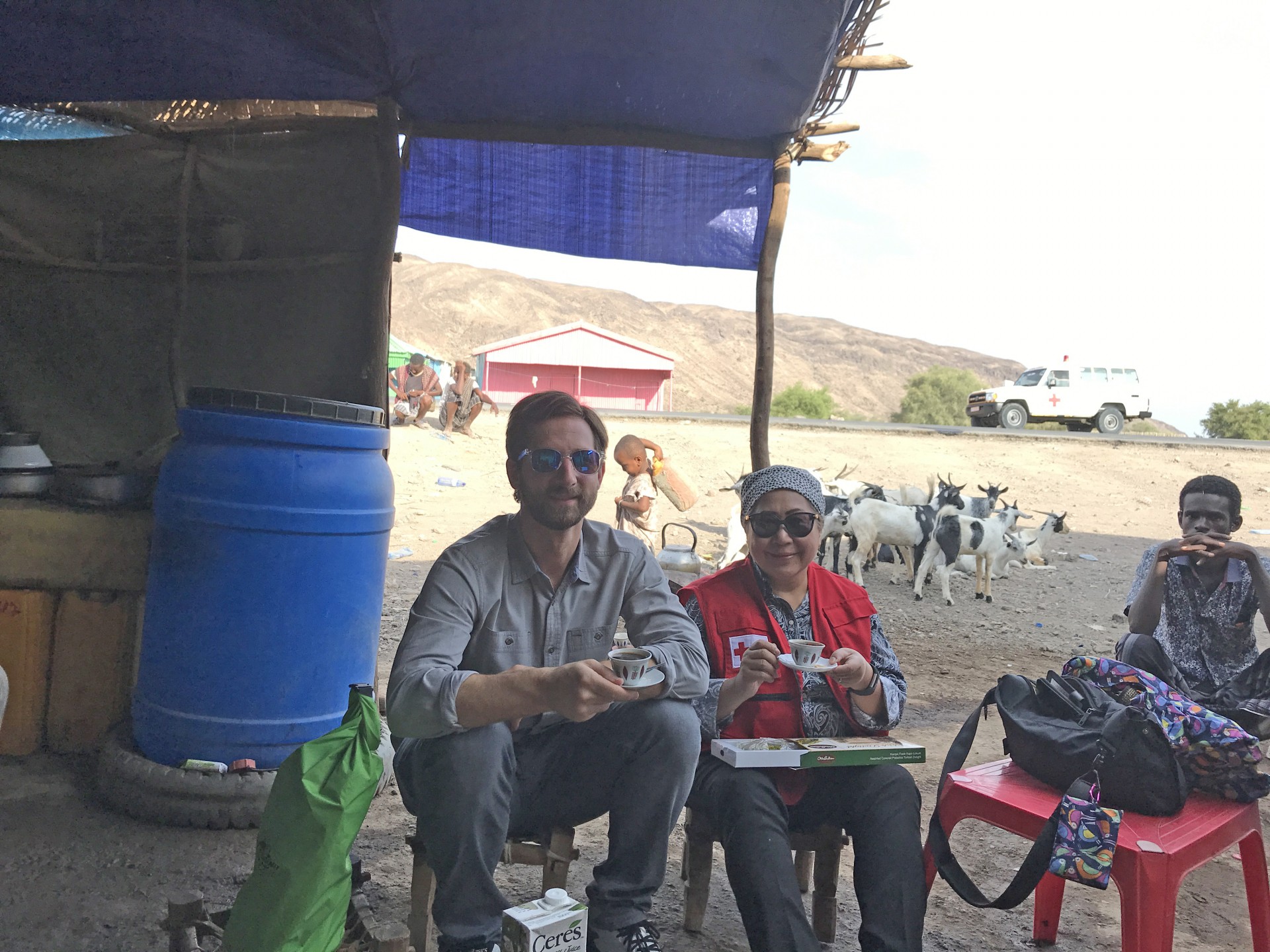
Sam serving as the U.S. representative to an International Federation of a Red Cross Donor Mission to the Afar region of Ethiopia in 2017 in response to a drought.
You’ve worked on some big emergencies—the 2010 Haiti Earthquake and Ebola—to name a couple. How does your dyslexia impact you in those types of situations?
The dyslexia is always there, but it’s more of a strength at this point. During the Ebola response, I was in charge of building and running more than a dozen Ebola field hospitals across Liberia. It was a massive operation. We cleared jungles, flew in 747 cargo planes filled with equipment, and searched the globe for thousands of staff. I had to coordinate a lot of stakeholders—Liberian health authorities, the Army’s 101st Airborne Division, international aid workers, and contractors. President Obama was getting daily updates on progress. A lot of what helped me were the soft skills I’d honed while struggling in school: learning how to read a room, picking up on non-verbal cues, improvising, and recognizing that, like me, other people might have a different perspective and creative approach toward the same problem. And it turns out that these kinds of creative interpersonal skills are really valuable in the real world.
Of course I’m still not the fastest reader—and there’s no way I’d survive without spell check!
How do you think dyslexia impacted your career choice?
Feeling helpless as a kid and then having people fight and advocate for me cultivated a sense of empathy for others who are struggling. You need a community to overcome dyslexia. People have to actually care or you get left behind. And that rule holds true for anyone in a vulnerable spot. Whether it’s a learning disability or a refugee displaced by a conflict—helping someone in need is at the core of our humanity. So when I see people on the verge of famine or fleeing conflict, I think about what we, as a community, can do to stop the suffering. And that feeling of responsibility ties back to my experience as someone with dyslexia. Countless people helped me overcome my struggle. I hope I can do the same for someone else.
Article originally published in The Lantern Fall 2021/Winter 2022.




